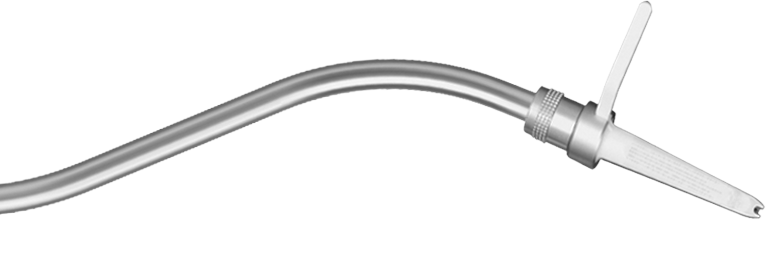
Glass Eights John Roberts
After John Roberts became the first american artist on the Dial Records imprint in 2008, it took almost two years to finish his first album. GLASS EIGHTS debuts a sound impeccably curated and delicately enigmatic, John Roberts recreates Real House Music. With its contemplative instrumental weave, GLASS EIGHTS asks broader cultural questions about the psychological function of music as it blurs distinctions between sublimation and expression, escape and confrontation, medication and symptom, repression and reserve. The electric and grand piano, organ, violin, modular synthesizers and eclectic percussion split, shatter and reform, disclosing an aesthetic sensibility which delicately reflects on the eerie stillness of a grey day, the repetition of a single note on a detuned upright piano, a deflated balloon, the white of a funeral arrangement, exhibiting a kind of discrete, perverse hopefulness. Complicating melancholy, the emptiness of a mechanized loop serves to reveal a particular humaneness, caused by a percussive rapping, shattering into slow-motion, or an off-keyed drunken note of a piano begins to sound strangely in tune, finding itself transmuted into something more obscure, potent, and hard hitting. Rendering awkwardness enigmatic and anxiety beautiful, effectively, Roberts' questions if there is not something more natural, more human, in the hesitation of a clap that rings a moment too late. The album's interior reserve heightens the potency of its immaculate transitions, which harness a primal sense of rhythm and, at times, the utter impossibility of standing still. Echoes of influence can be found in The Smiths' self-deprecating charm of the tragic, the muted, off-key eroticism of Bonny Prince Billy, introverted house music of early 80's Chicago' undermining its own progression, falling apart and collecting itself into darker psychological territory. The album nods to the production of mainstream Rap and R&B, cultural and ethnic appropriations/dialogues between early European and American electronic music and modern anxiety, acknowledging both the productive and problematic nature of exchange, appropriation and technological innovation. GLASS EIGHTS does not just generate a new auditory experience but builds an ornate frame through which to view the intricate psychological undertones in music of the past, and more importantly, constructs an anomaly that sounds a lot like the future.
Das lange Warten hat ein Ende- das Debut Album von John Roberts „Glass Eights“ ist da! Seit über einem Jahr feilt der Amerikaner an seinem feinstofflichen Universum aus akkustischem Instrumentarium, klassischen Drummachines und Loops, das zu einem bisher unerhörten Entwurf von Real House Music verschmilzt. Das Resultat ist von unendlicher Tiefe und überschreitet hier die Grenzen der zunehmens stagnierenden House Welt. Als Roberts im Jahr 2008 von New York nach Berlin übesiedelt, wird er der erste US Amerikaner der Dial Famile. Es folgen Veröffentlichungen auf John Daly's Feel Music und dem Dial Records Sublabel Laid, doch schnell wird klar: John's facettenreiche, erzählerische Musik ist prädestiniert für ein Album. Mit Glass Eights übertrifft John Roberts alle Erwartungen. 808 Patterns treffen auf Hip Hop basierende Loops, das Instrumentarium der Stücke reicht von einem Konzertflügel über Vibraphone bis hin zur Steel Drum. Das Album lässt Raum für Verspieltes, Unerwartetes, Neues und alles fliesst in eine allumfassende Formel zusammen. Glass Eights ist ein psychoakkustisches Erlebnis, wie ein Filmscore gelingt John Roberts eine Komposition der tiefsten Deepness. Der Dancefloor wird aufgebrochen und neu definiert, House Music erlebt ihre langersehnte Renovation.
Product Safety Information | Sicherheits- und Herstellerinformationen
Responsible for product safety | Verantwortlich für die Produktsicherheit:
Kompakt
Mayer Paape Voigt GbR
Werderstrasse 15-19
50672 Cologne
Germany
+49 221 94 995 110
info@kompakt.fm
kompakt.fm
Kompakt Newsletter
Stay in the loop and subscribe to our webshop newsletter
© 2026 Kompakt
Contact
Privacy
Imprint
Terms & Conditions
Shipping
Pick-Up / Abholung
Downloads
Cookies



